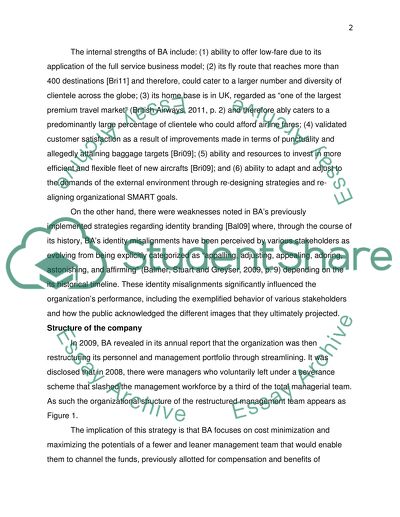Cite this document
(“Corporate Strategy Assessment: British Airways Essay”, n.d.)
Retrieved from https://studentshare.org/marketing/1402294-corporate-strategy
Retrieved from https://studentshare.org/marketing/1402294-corporate-strategy
(Corporate Strategy Assessment: British Airways Essay)
https://studentshare.org/marketing/1402294-corporate-strategy.
https://studentshare.org/marketing/1402294-corporate-strategy.
“Corporate Strategy Assessment: British Airways Essay”, n.d. https://studentshare.org/marketing/1402294-corporate-strategy.


